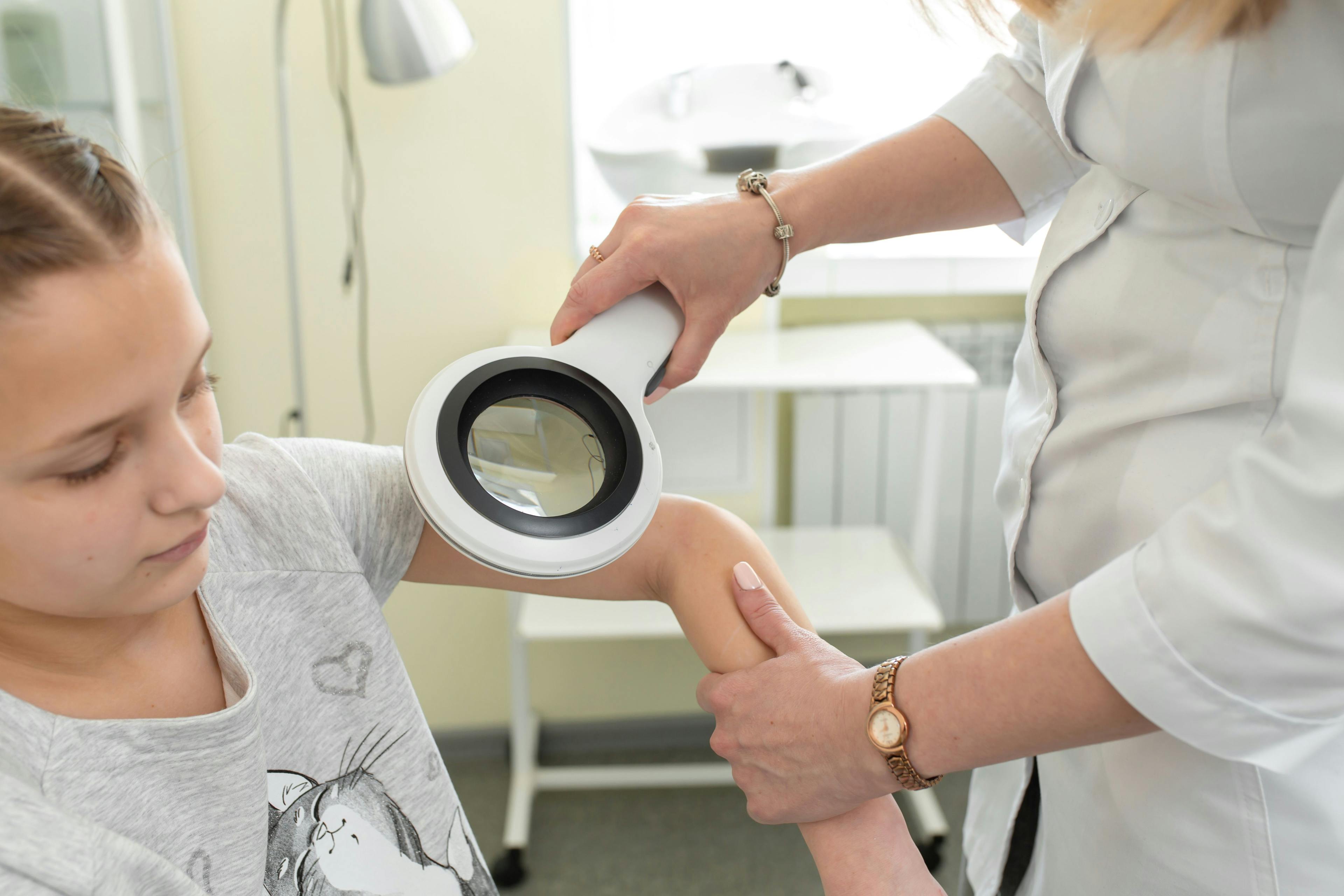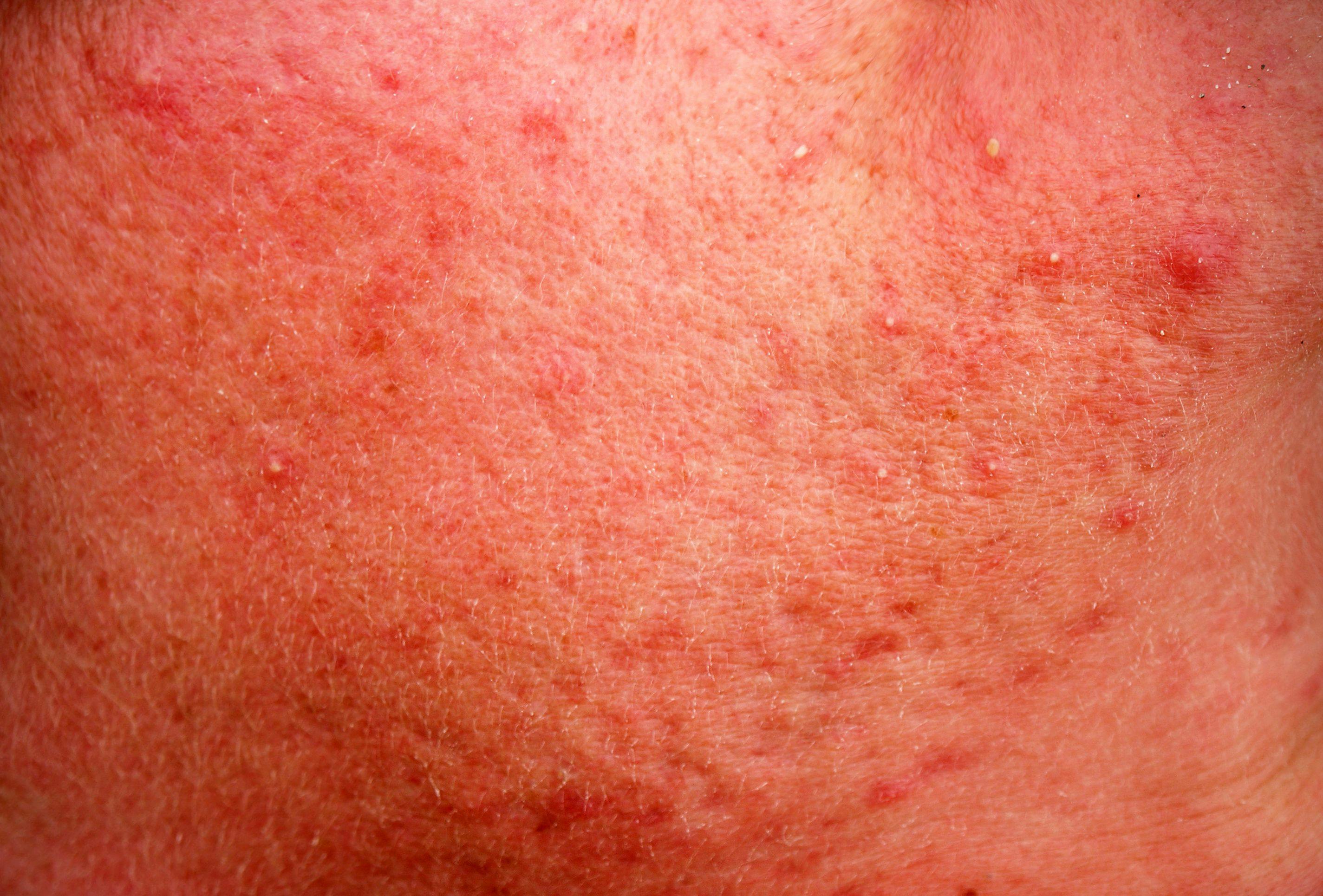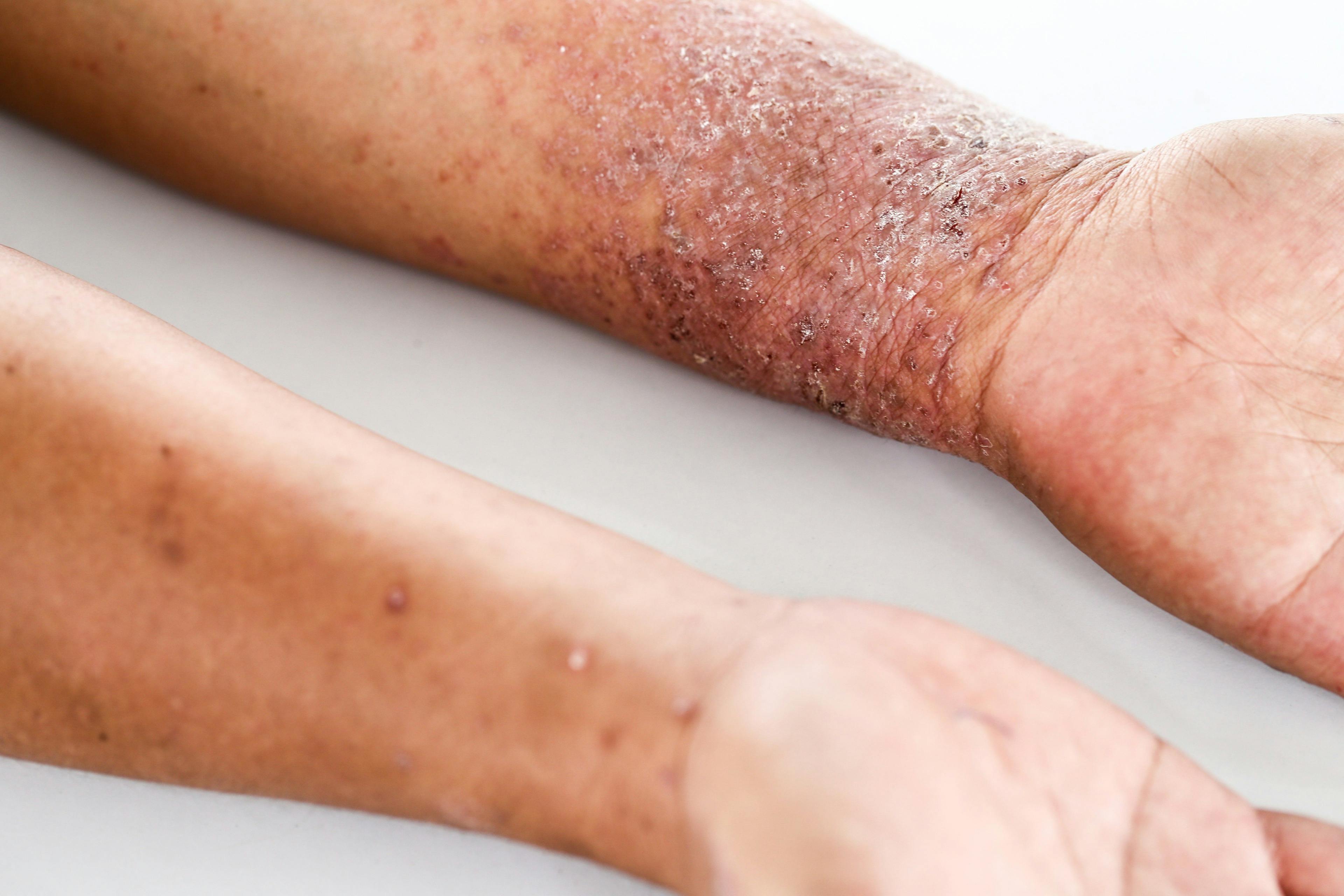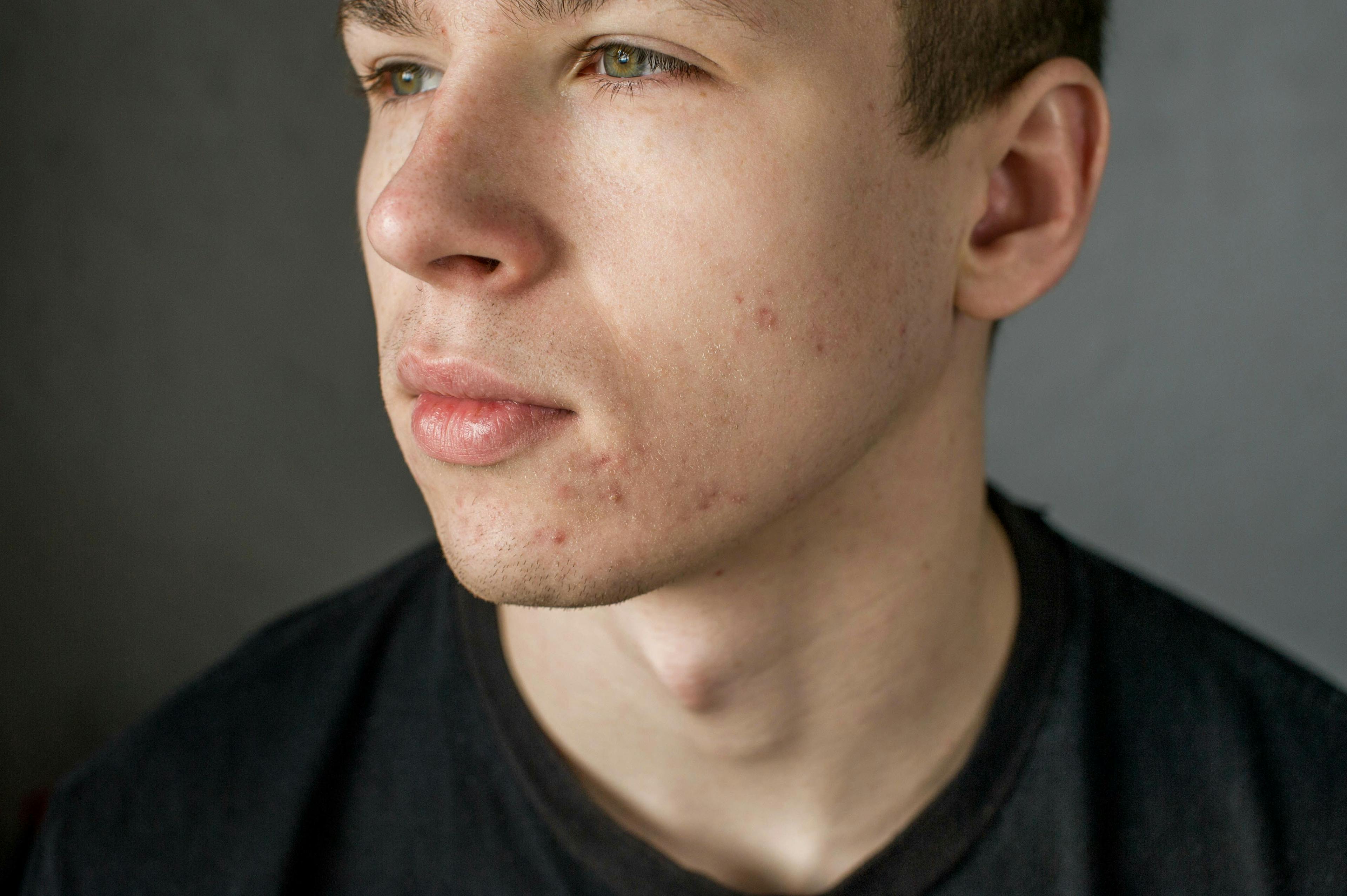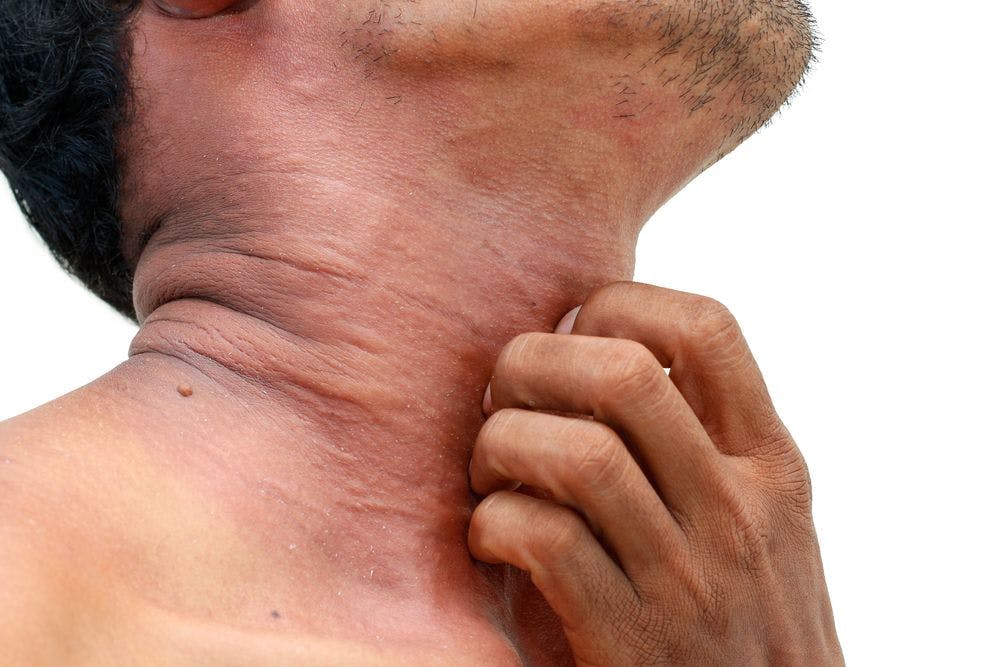- Acne
- Actinic Keratosis
- Aesthetics
- Alopecia
- Atopic Dermatitis
- Buy-and-Bill
- COVID-19
- Case-Based Roundtable
- Chronic Hand Eczema
- Drug Watch
- Eczema
- General Dermatology
- Hidradenitis Suppurativa
- Melasma
- NP and PA
- Pediatric Dermatology
- Pigmentary Disorders
- Practice Management
- Precision Medicine and Biologics
- Prurigo Nodularis
- Psoriasis
- Psoriatic Arthritis
- Rare Disease
- Rosacea
- Skin Cancer
- Vitiligo
- Wound Care
Publication
Article
Dermatology Times
Novel Therapeutics Usher in a Year of Innovation
Author(s):
Pre- and postmarketing psoriasis studies support novel drug results and new labeling.
With completed phase 3 trials of novel drugs showing impressive results, 2021 could bring major advances in treatment options for patients with moderate to severe plaque psoriasis, says Bruce E. Strober, MD, PhD, clinical professor of dermatology, Yale University, New Haven, Connecticut. He reviewed upcoming developments in psoriasis therapeutics and new safety data on IL-17A inhibitors at Maui Derm Live. The in-person dermatology continuing medical education (CME) conference in Hawaii was held concurrently with Maui Derm Connect, a virtual CME conference, January 25 to January 29, 2021.
First-in-Class Biologic
Investigators of bimekizumab a dual-targeting monoclonal antibody that inhibits IL-17A and IL-17F, completed a series of phase 3 trials. These studies compared the investigational subcutaneous agent administered every 4 weeks with a placebo, as well as compared with adalimumab (Humira, AbbVie Inc), secukinumab (Cosentyx, Novartis), and ustekinumab (Stelara, Janssen Pharmaceuticals).
All phase 3 studies met their primary end points, demonstrating that bimekizumab-treated patients achieved superior skin clearance, at week 16, compared with those who received placebo and adalimumab as measured by the Psoriasis Area and Severity Index 90 (PASI 90) and an Investigator Global Assessment (IGA) response of clear or almost clear skin with a score of 0/1.1-3
“The PASI 90 rate for patients treated with bimekizumab at the week 16 primary end point in all of the phase 3 trials was in the range of 85% to 90%. Results from ongoing phase 3 trials are likely to show that bimekizumab is also very effective for treating psoriatic arthritis,” said Strober.
According to Strober, the safety profile of bimekizumab appears similar to available IL-17A inhibitors except for a higher risk of Candida infections. Across the studies, Candida infections occurred in 10% to 20% of patients treated with bimekizumab, which is approximately 5-fold higher than the rate reported for other IL-17A inhibitors in the trials. As with the IL-17A blockers, the labeling for bimekizumab will likely include a warning about its use in patients with a history of inflammatory bowel disease (IBD).
Novel Oral Agent
Deucravacitinib (BMS-986165, Bristol Myers Squibb) is a JAK inhibitor that acts as a selective allosteric inhibitor of TYK2 to inhibit IL-12, IL-23, and interferon-α/β signaling pathways. The deucravacitinib phase 3 psoriasis clinical trial data have not yet been publicly released, but according to Strober, it’s expected to show robust efficacy and a favorable safety profile.
Because of its novel mechanism of enzyme inactivation, deucravacitinib does not cause inhibition of multiple JAK signaling pathways that explain the potentially serious adverse effects and safety warnings associated with JAK inhibitors that act by binding the kinase domain of JAK family enzymes.
“The kinase domain of the JAK family enzymes are very similar so that a drug that binds to this active site of 1 JAK enzyme will promiscuously bind to some extent to other JAKs, which has implications for safety,” explained Strober. “Deucravacitinib binds a domain on TYK2 that is not shared by the other JAKs and theoretically, would be less likely than other JAK inhibitors to cause hematologic changes and generalized immunosuppression. If deucravacitinib is approved, it remains to be seen if these differences are reflected in its label’s warnings and recommendations for laboratory monitoring.”
Secukinumab Label Changes
Based on its phase 3 study results, secukinumab is expected to join ixekizumab (Taltz, Eli Lilly and Company) as an approved IL-17A inhibitor for the treatment of moderate to severe plaque psoriasis in children older than 6 years who are candidates for systemic or phototherapy.
“As with ixekizumab, it will be important to carefully screen children for a history of IBD before treating them with secukinumab,” added Strober.
Results from a multicenter, randomized, double-blind study investigating secukinumab in patients weighing more than 90 kg are expected to lead to new dosing information for this subgroup of heavier patients with psoriasis with a recommendation to treat every 2 weeks. The PASI 90 rate at week 16 was 73.2% for patients treated every 2 weeks versus 55.5% for those treated every 4 weeks.
“Approval for increasing the frequency of administration will be important because many heavier patients do not maintain a response to secukinumab when it is used every 4 weeks,” said Strober
Nail Psoriasis
Strober also presented data from a post hoc analysis of the subgroup of patients with nail psoriasis who participated in a phase 4 trial comparing ixekizumab with adalimumab for the treatment of psoriatic arthritis. Beginning at week 24 and at subsequent visits through week 52, the percentage of patients with complete resolution of fingernail psoriasis ranged from 80% to 88% for ixekizumab versus 53% to 72% for adalimumab.
“From this trial and another study comparing ixekizumab and ustekinumab, it is becoming clear that the IL-17 inhibitors are probably the most effective drugs we have for normalizing psoriatic nails,” said Strober.
New Safety Insights
Postmarketing data on cases of malignancies and serious infections in patients treated with IL-17 and IL-23 inhibitors are reassuring about the risks of these safety issues in patients treated with these newer biologics.
“Excluding nonmelanoma skin cancers, the rates of malignancies and serious infections are low for all of the biologics in these 2 classes and similar to the background rate in the psoriasis patient population,” said Strober.
Disclosure:
Strober serves as a consultant, advisor, investigator, and/or speaker for companies that market or are developing systemic medications for the treatment of psoriasis.
References:
- Gordon K, Foley P, Krueger J, et al. Efficacy and safety of bimekizumab in patients with moderate-to-severe plaque psoriasis: results from BE READY, a 56-week phase 3, randomized, double-blinded, placebo-controlled study with randomized withdrawal. Poster presented at: American Academy of Dermatology annual meeting; June 12-14, 2020; Virtual. https://jofskin.org/index.php/skin/article/view/1116/pdf
- Reich K, Papp KA, Blauvelt A, et al. Efficacy and safety of bimekizumab in patients with moderate to severe plaque psoriasis: results from BE VIVID, a 52-week phase 3, randomized, double-blinded, ustekinumab- and placebo-controlled study. Poster presented at: American Academy of Dermatology annual meeting; June 12-14, 2020; Virtual. https://jofskin.org/index.php/skin/article/view/1115/pdf
- UCB Pharma Data on File January 2019.
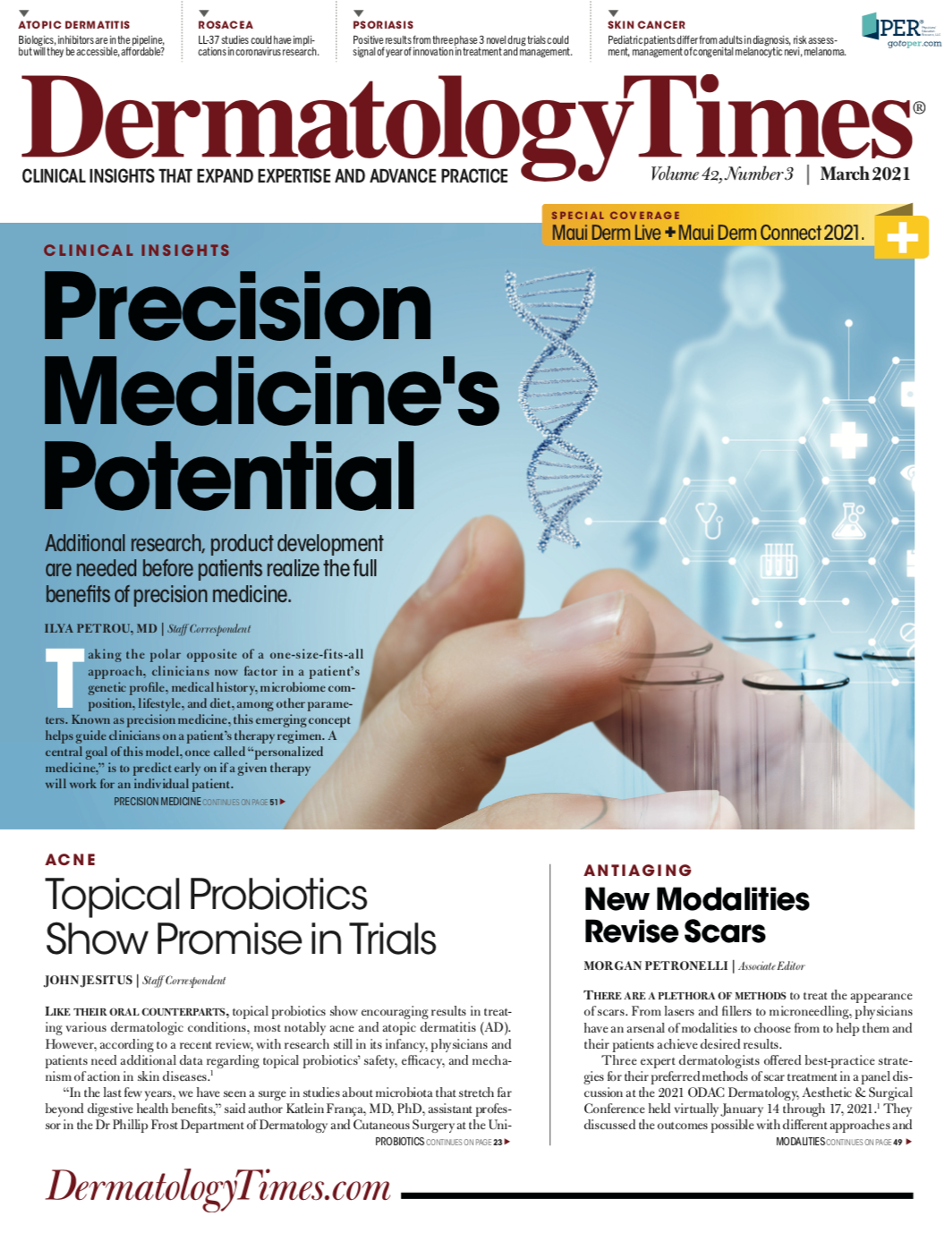
Newsletter
Like what you’re reading? Subscribe to Dermatology Times for weekly updates on therapies, innovations, and real-world practice tips.



